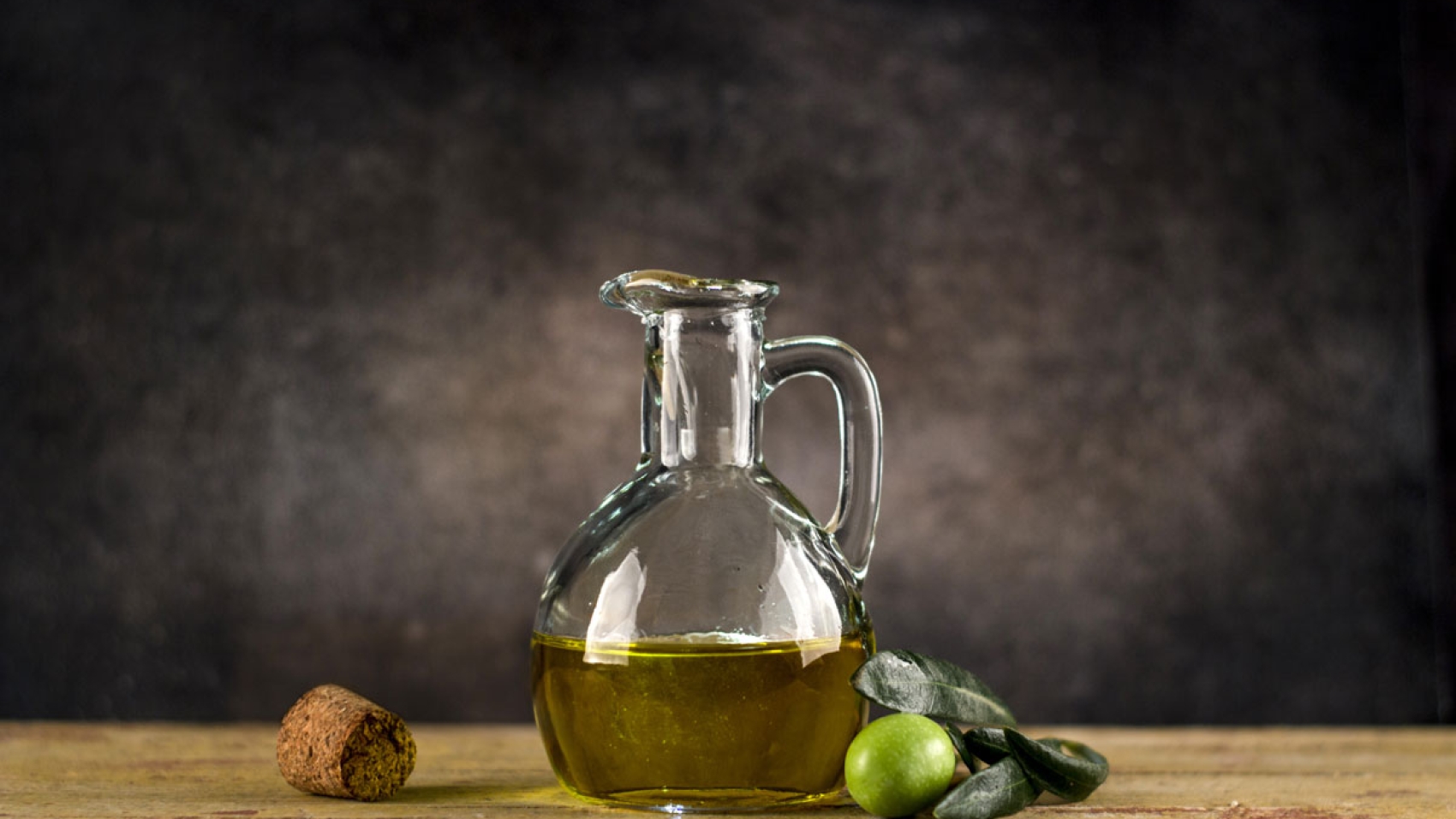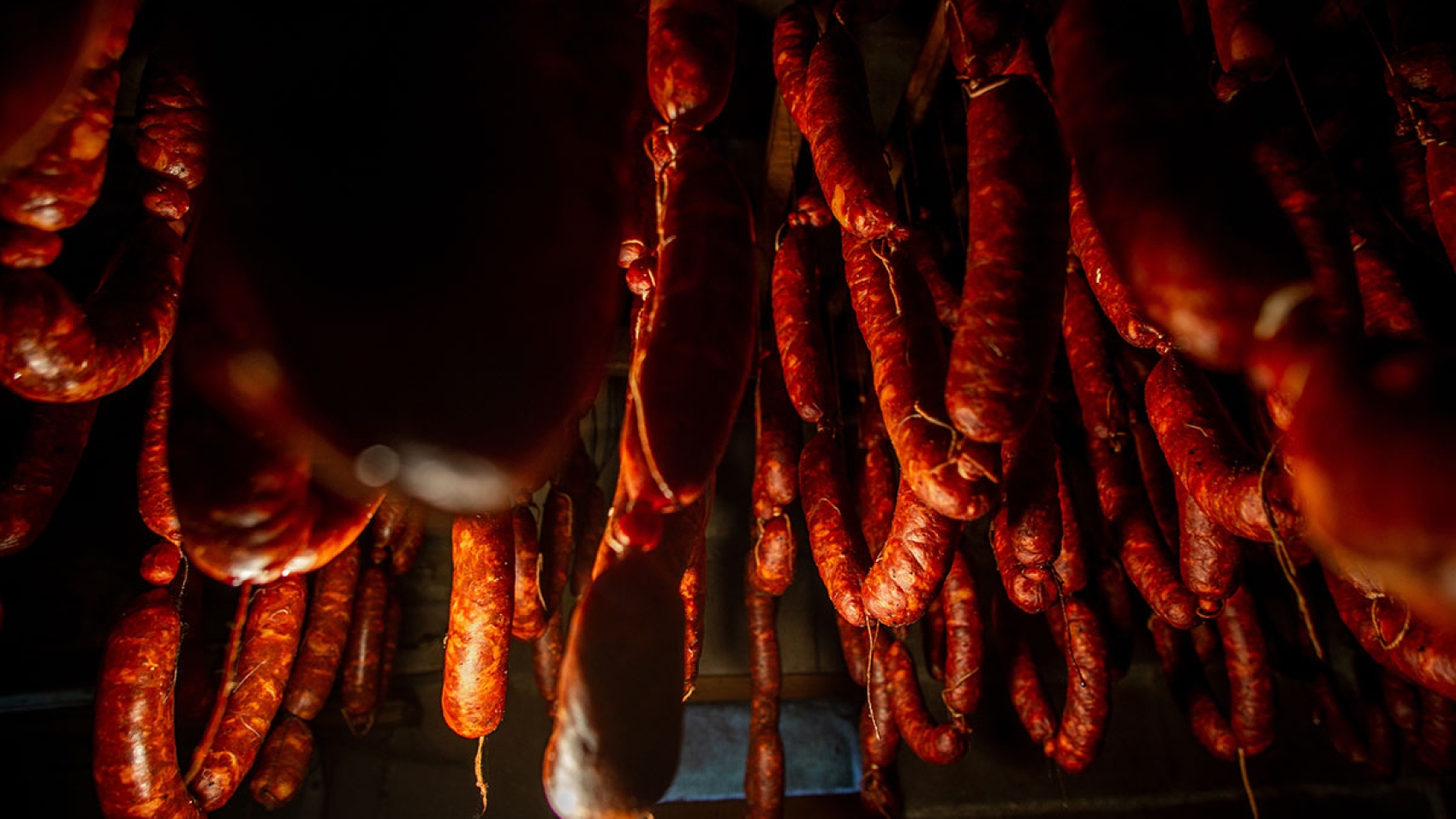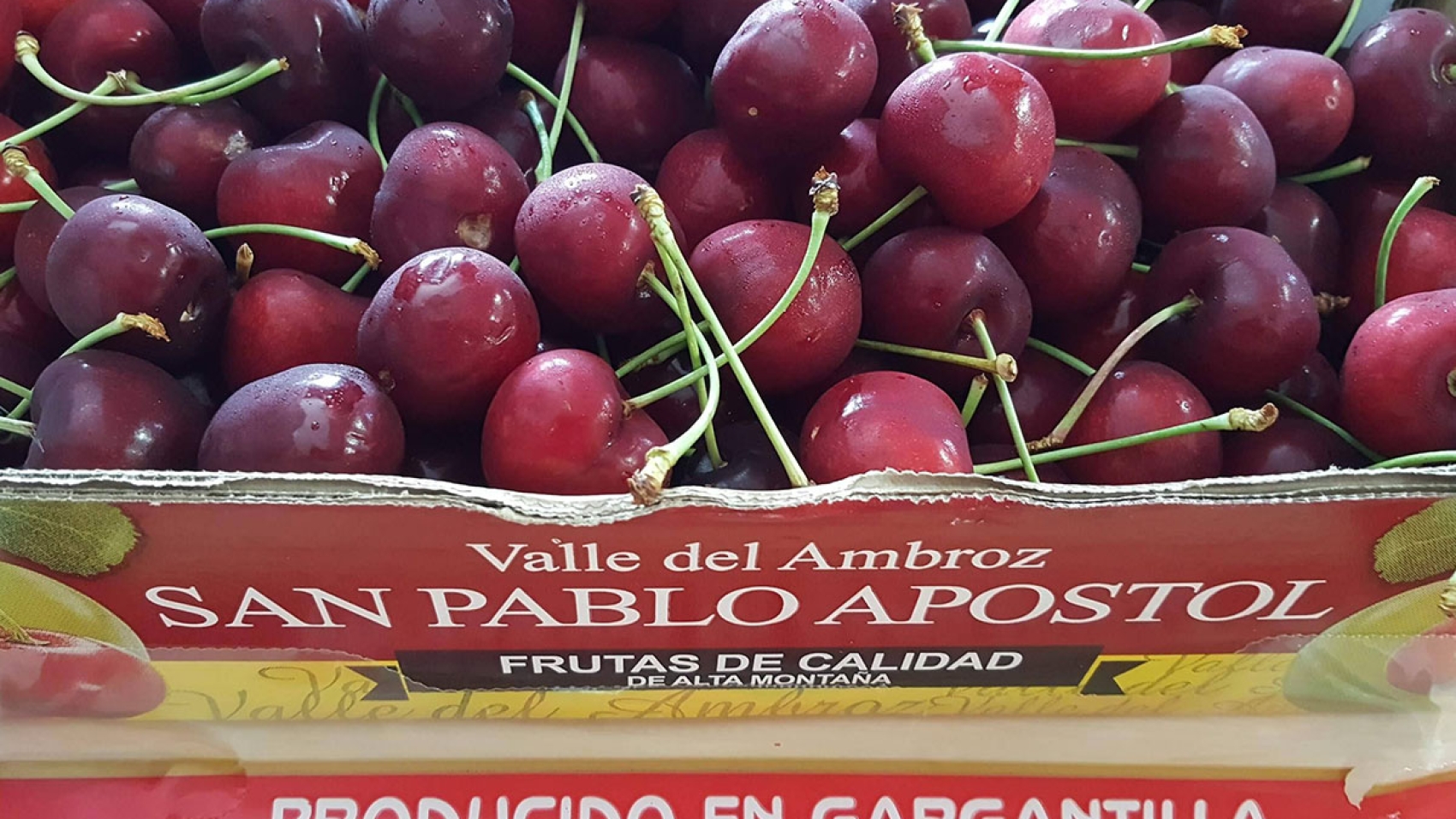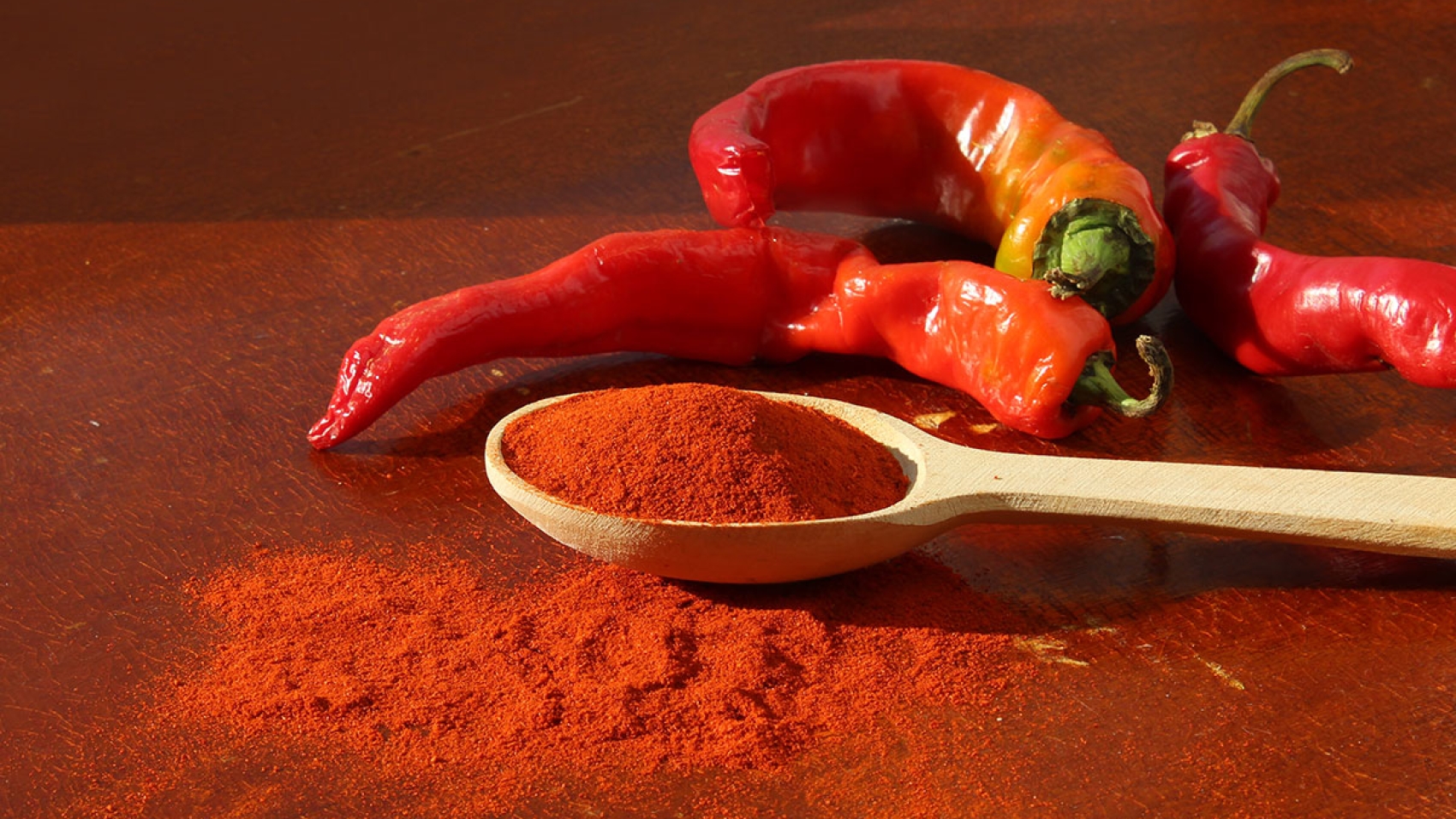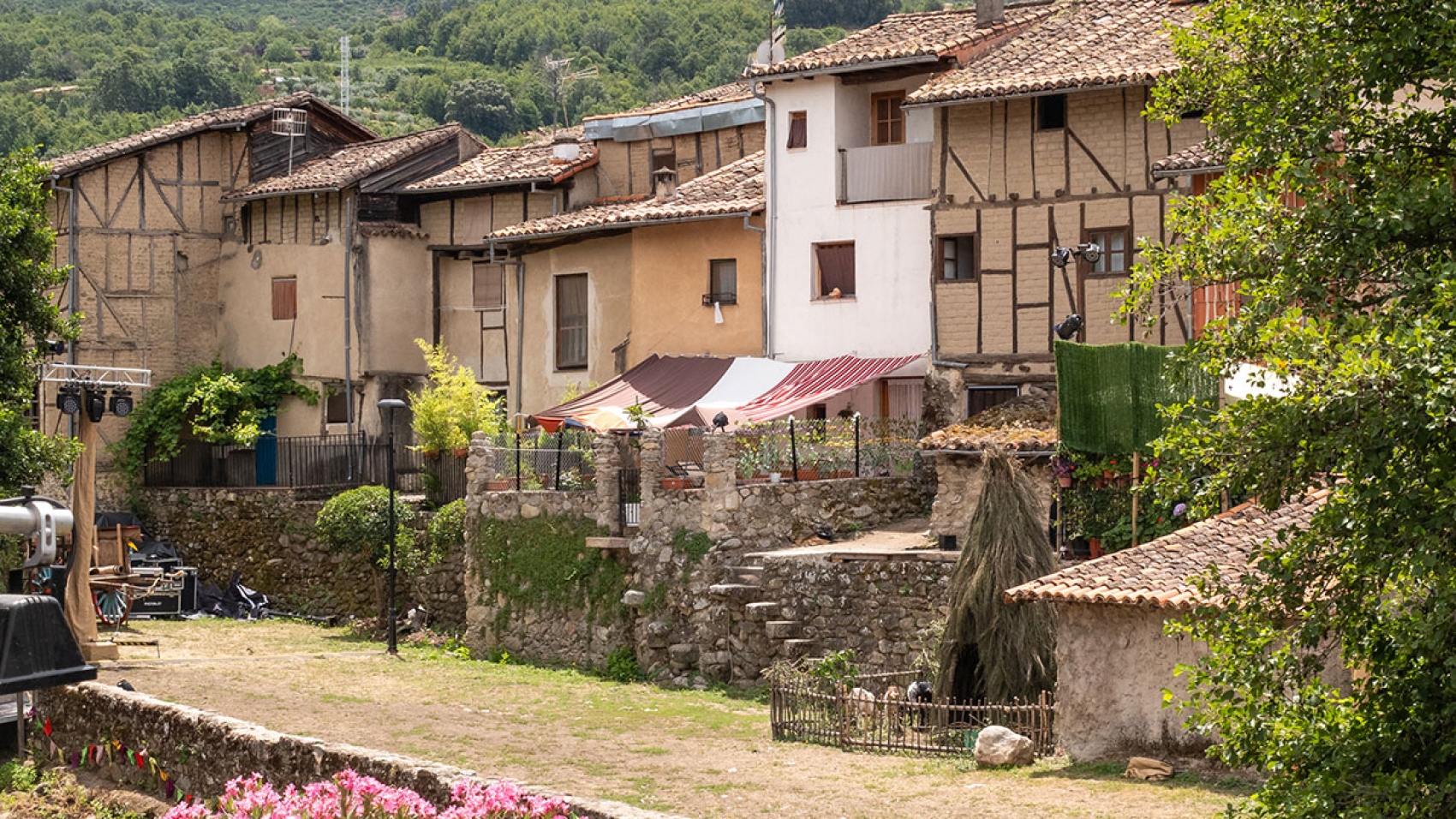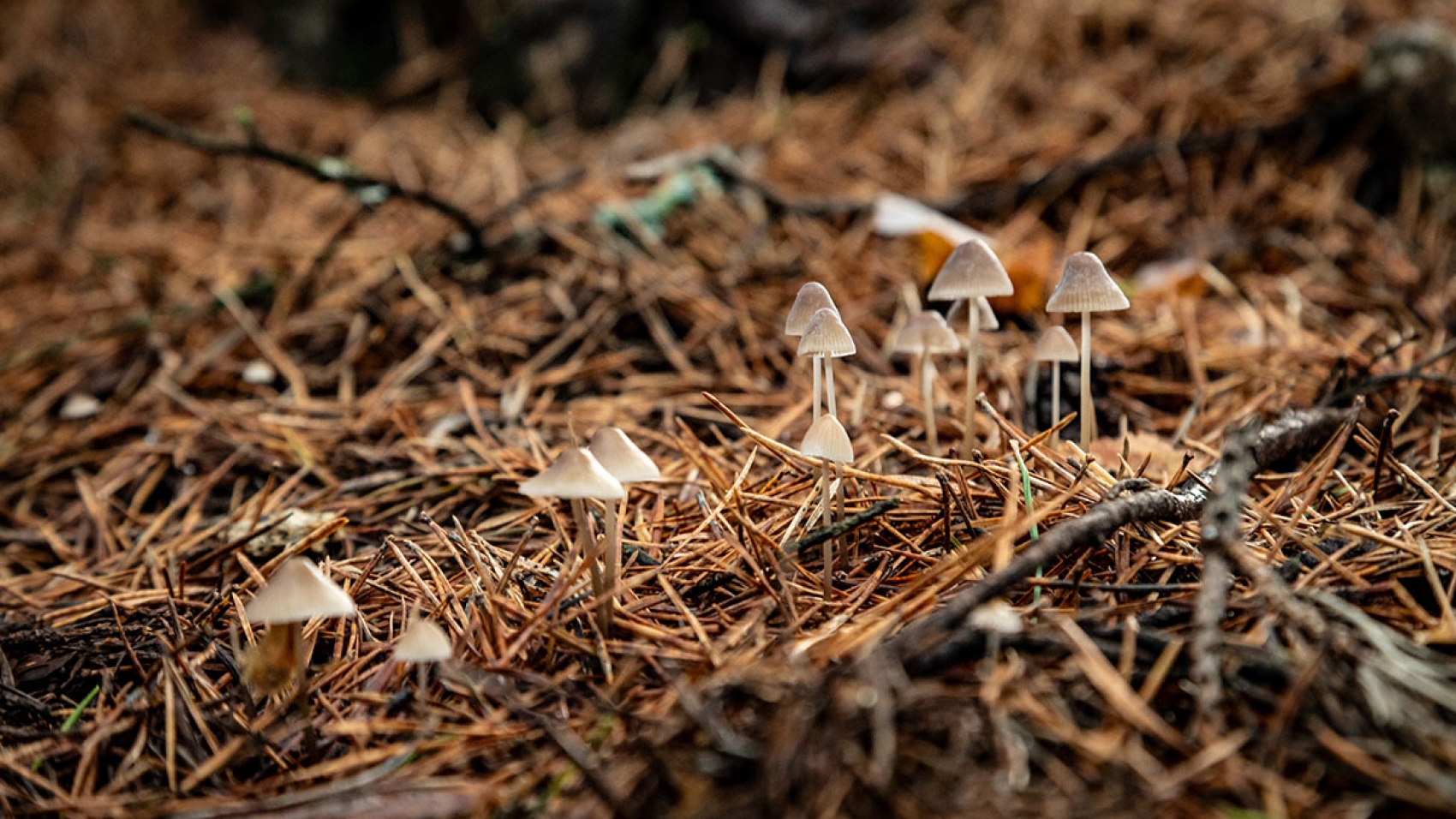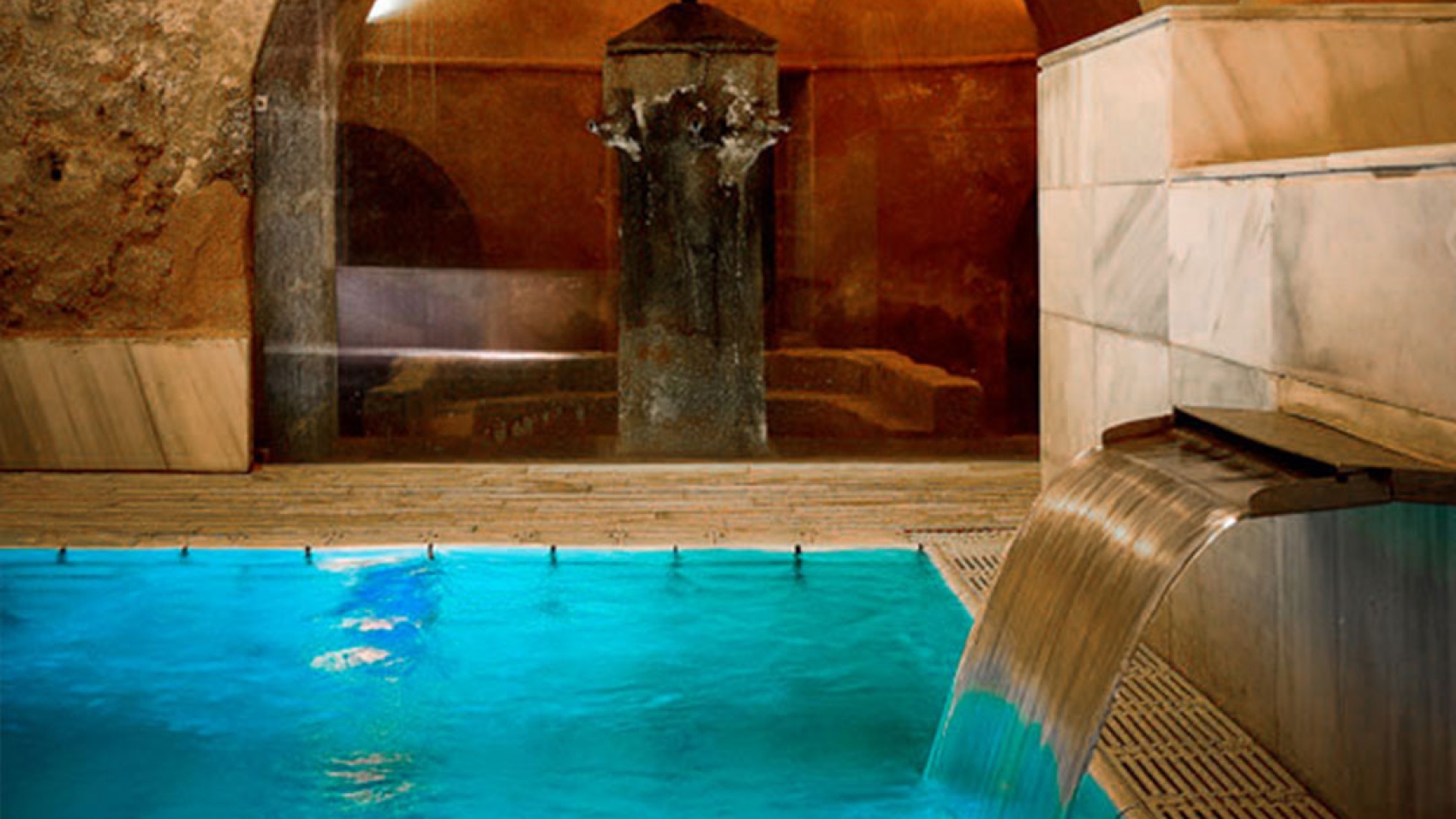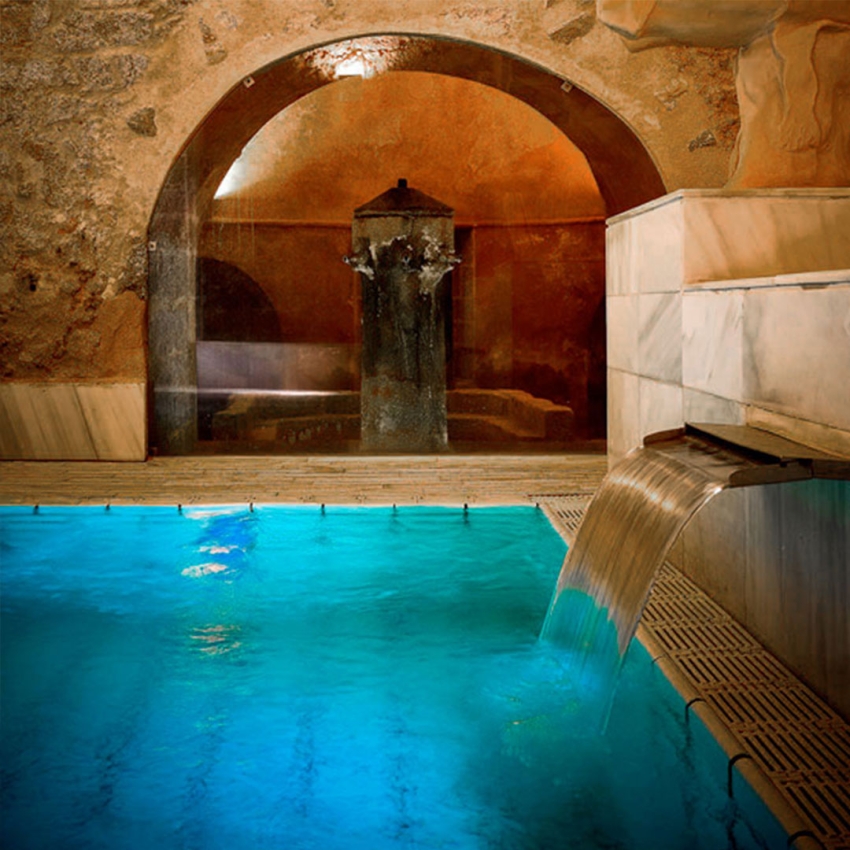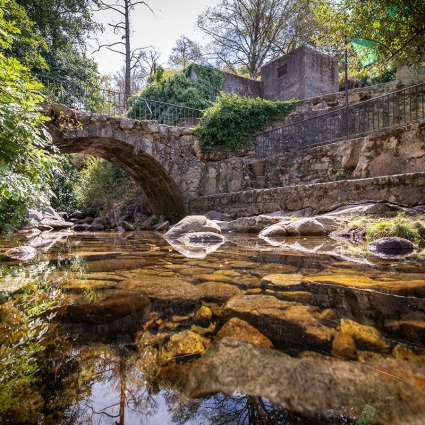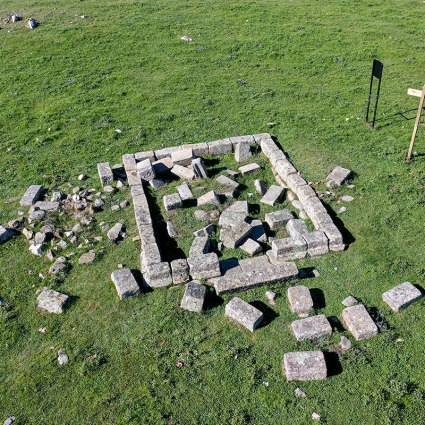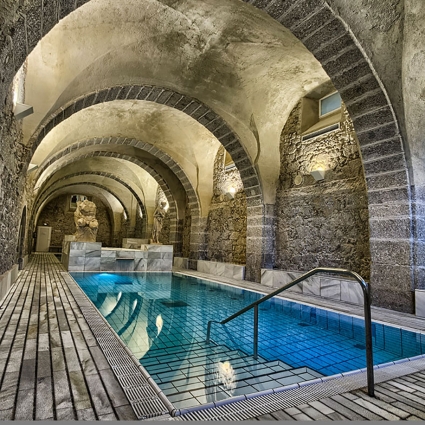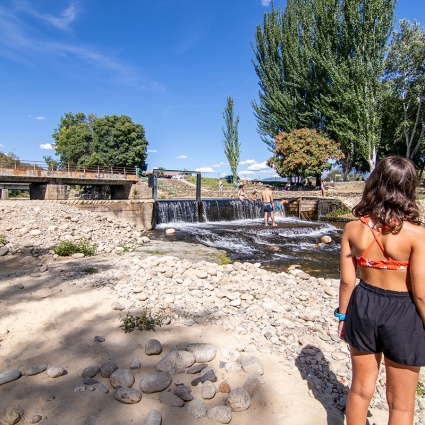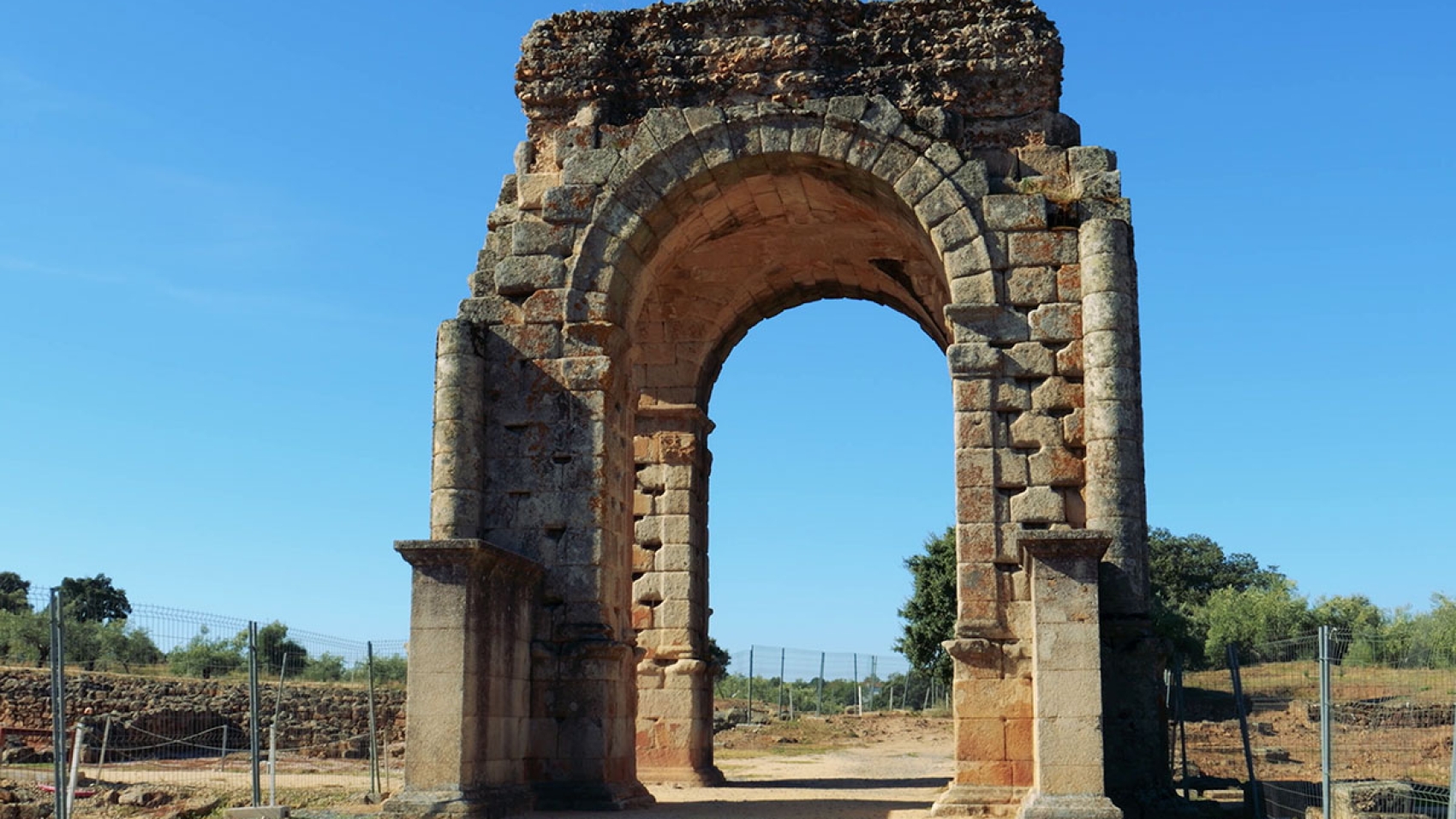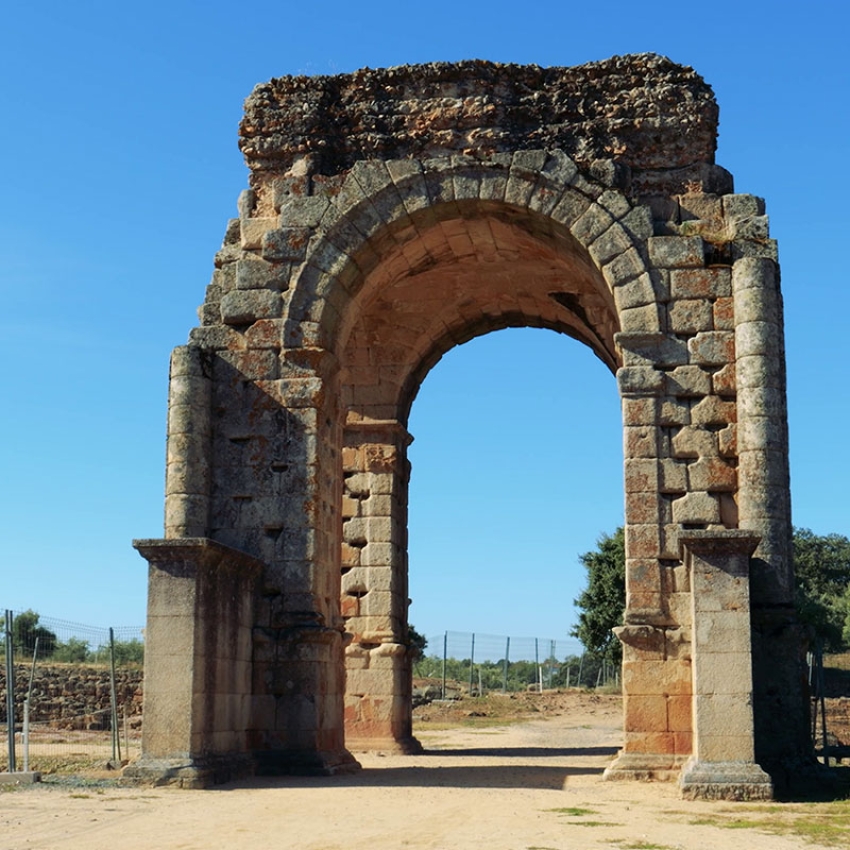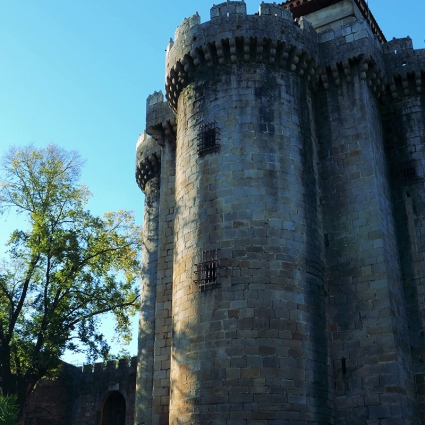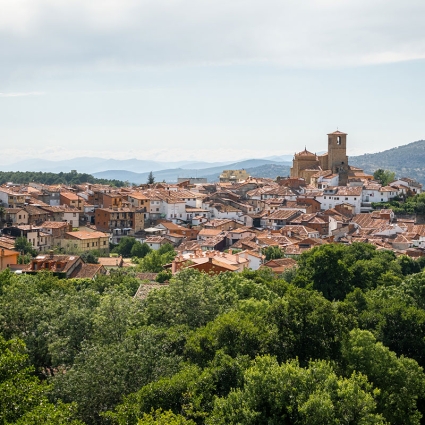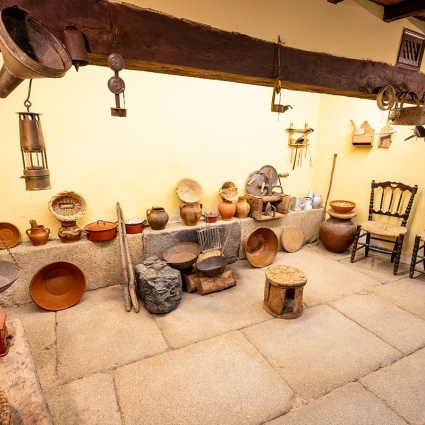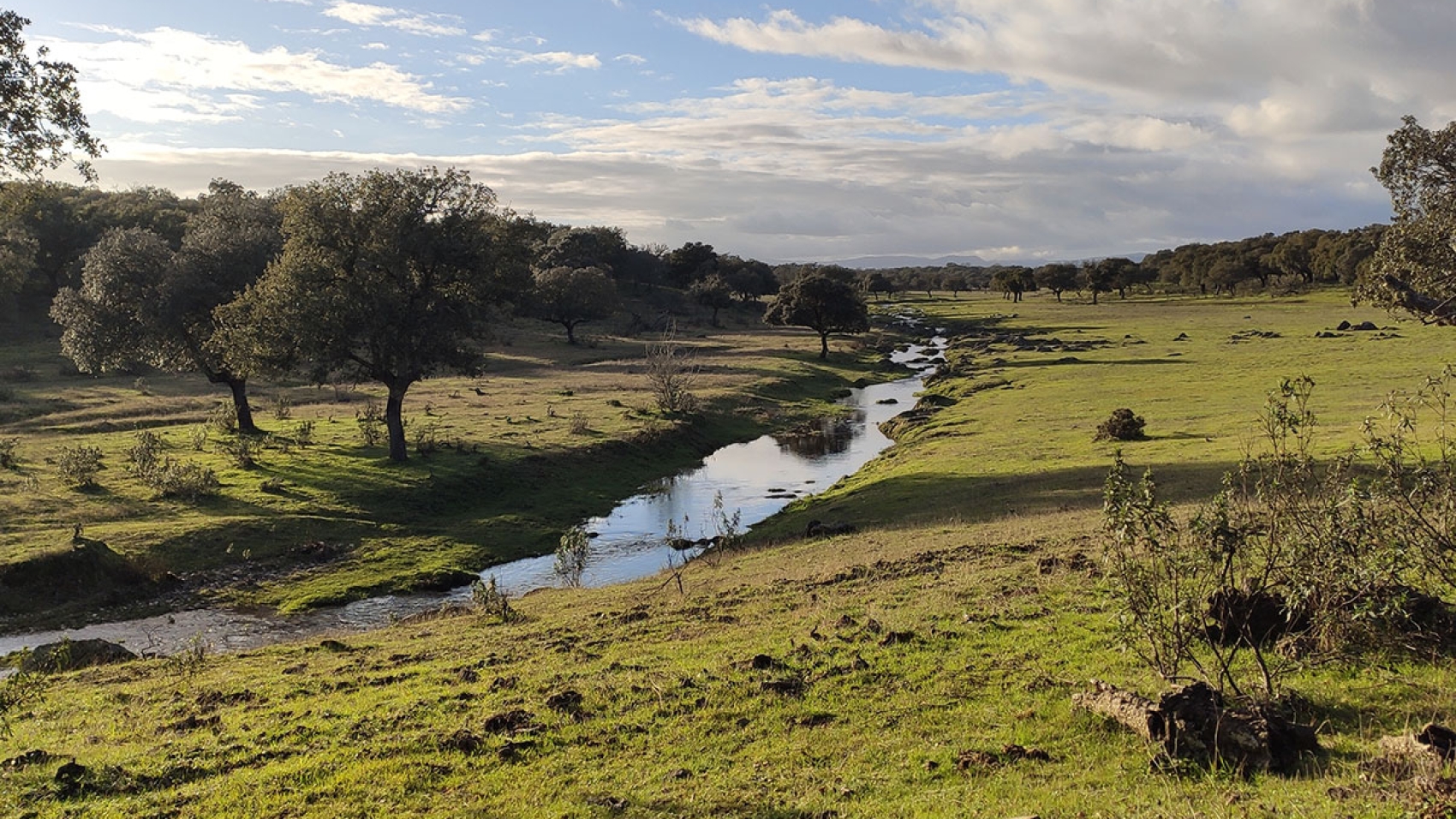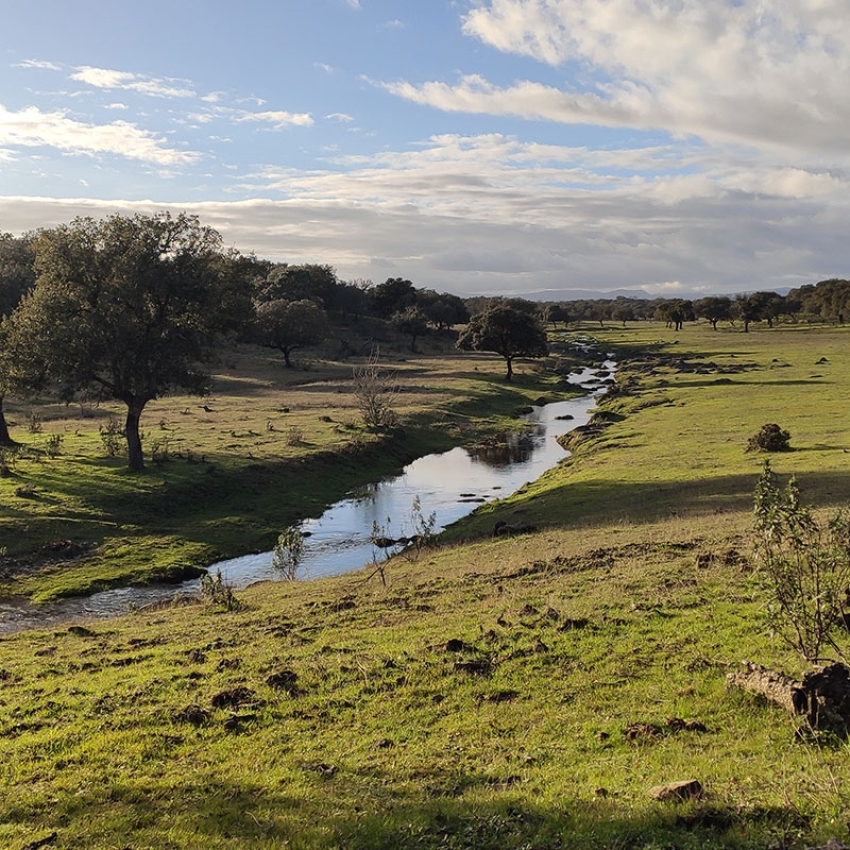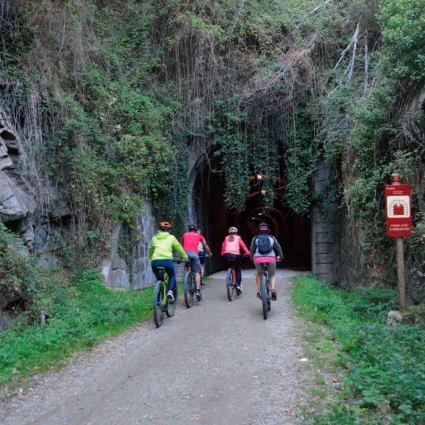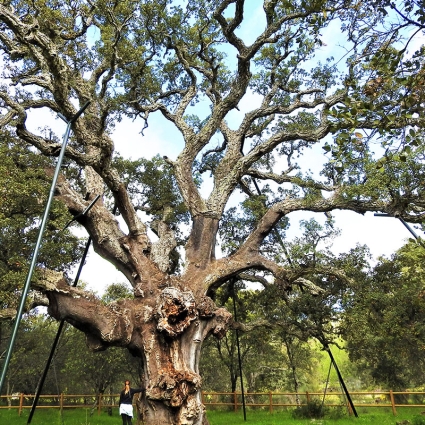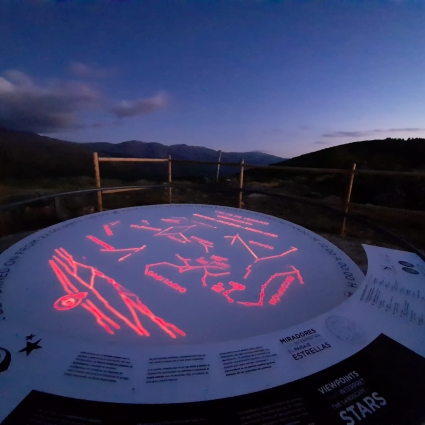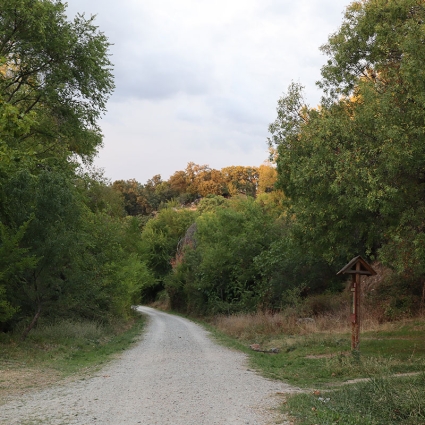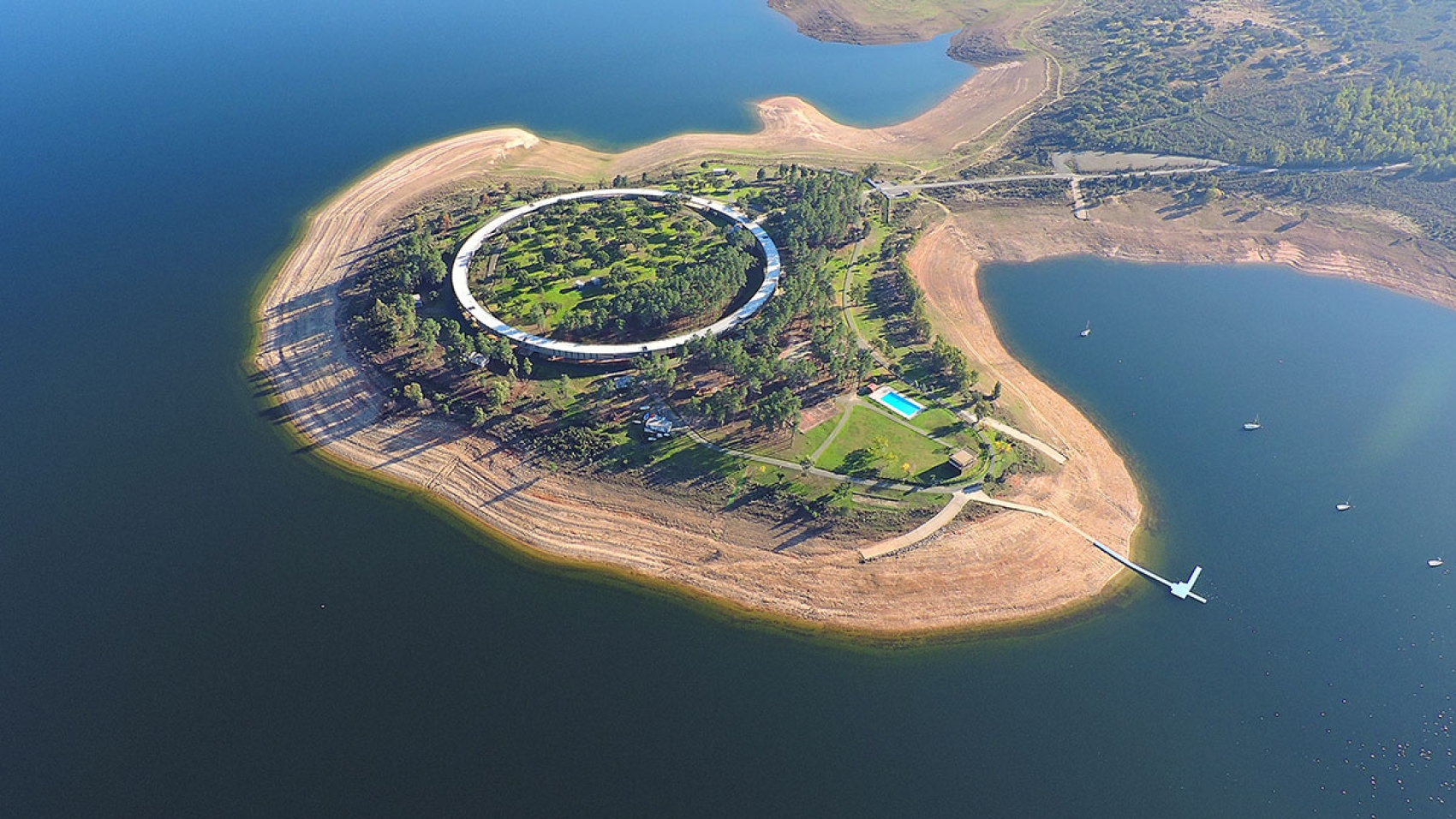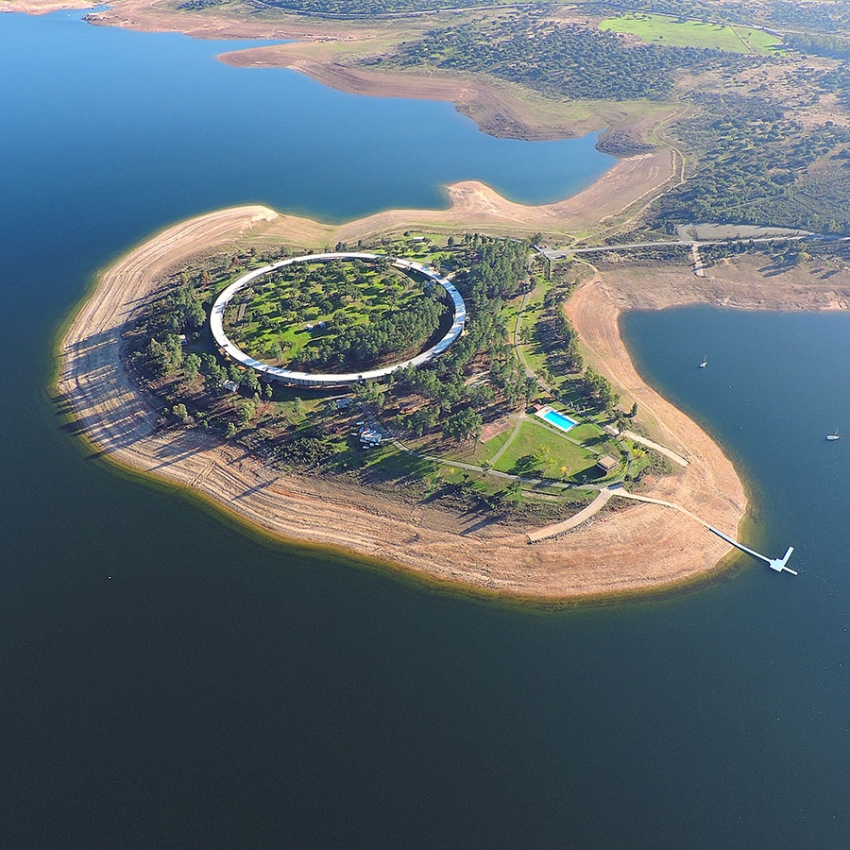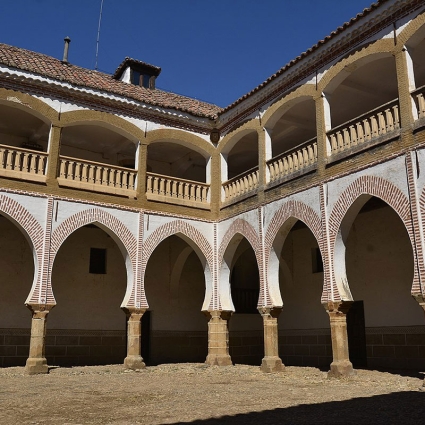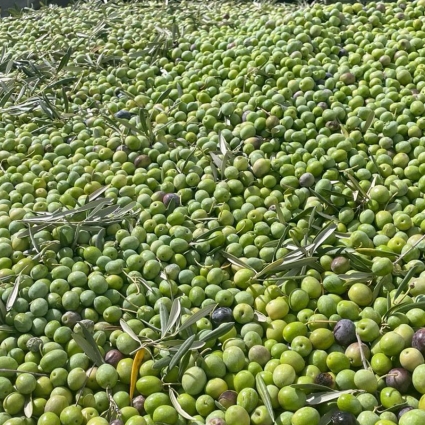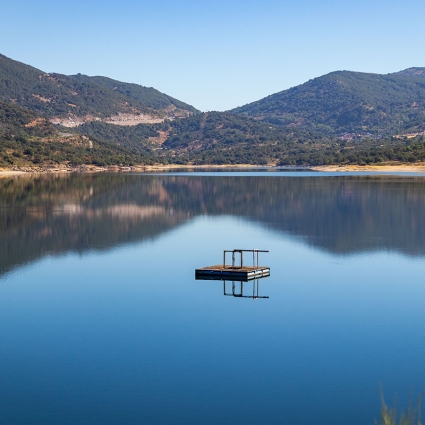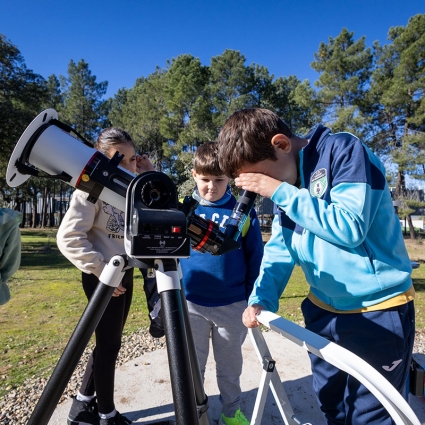Olivares y manzanillas
El norte de la provincia de Cáceres cuenta con una larga tradición en la producción de aceite de oliva virgen extra de alta calidad. Gracias a la orografía, los factores ambientales y la forma de cultivar, el aceite obtenido con esta variedad de aceituna es único y especial y se utiliza tanto en platos tradicionales como en la cocina moderna.
La comarca Trasierra-Tierras de Granadilla es referente en la producción y obtención de este cultivo, destacando La Pesga y Marchagaz como zonas en las que abundan los olivos milenarios. Sin duda, son Mohedas de Granadilla, Marchagaz, Palomero, Guijo de Granadilla y Ahigal las localidades distinguidas en la obtención de este tesoro.
Nuestras aceitunas son protagonistas en muchas tapas acompañando tu cerveza favorita. Si es artesana como la elaborada en Zarza de Granadilla, sublime.
¿Por qué nuestro aceite de manzanilla cacereña es tan especial? El aroma de los aceites procedentes de aceitunas de recolección temprana recuerda a manzana, plátano o tomate, siendo su sabor amargo y un poco picante. Por el contrario, los aceites de manzanilla cacereña más maduros nos saben de manera similar a una macedonia de frutas y su olor deja destellos a canela y almendra.
Y no sólo eso, la manzanilla cacereña ofrece la posibilidad de practicar oleoturismo en todas sus vertientes: visitar olivares, almazaras, realizar catas y visitar el centro de interpretación de la Aceituna, el Olivar y el Aceite en Marchagaz…
Como curiosidad, se encuentra en trámites la puesta en marcha y reconocimiento de la D.O.P. manzanilla cacereña.
No te puedes perder…



